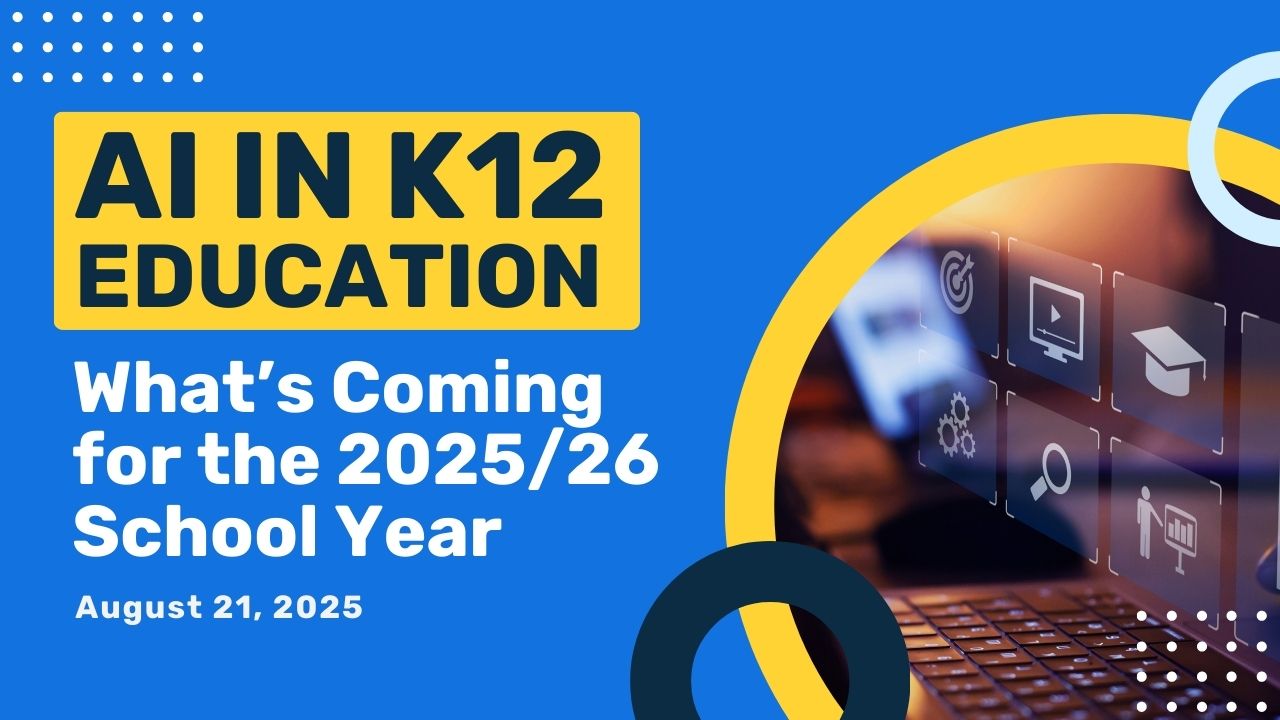
The technology industry is expected to grow by almost 20% in the next few years. Already, the sector is worth nearly $2 trillion in the U.S. alone.
Business is booming, and high-paying jobs are in plenty, yet historically marginalized groups are left behind.
Tech is currently disproportionately white and disproportionately male.
How can we help and change the tech industry to become representative of our diverse population?
We need to solve the problem at its roots. For that reason, our education system is the perfect place to begin.
Women in Technology
Despite the phenomenal growth of the technology sector, the proportion of women in tech has decreased over the last few decades. Coding jobs are struggling to find enough women to hire.
Though women earn more than half of all college degrees in the United States, women only earn 19% of computer science degrees. Of those women who graduate, only 38% of them end up working in technology.
These trends persist despite there being more women than men in the U.S. workforce. So, why aren’t there more women in tech?
As women develop into professional working adults, our society repeatedly and unintentionally discourages their involvement in STEM.

People of Color in Technology

Throughout the road to become successful in tech, there are many hurdles in place for minority students. Once a young coder of color decides to become a tech major, they face obstacles with each step forward.
The first hurdle arises in college. Though application and registration numbers at most universities are close-to-proportional to local demographics, a staggering 40% of minority students switch majors during their bachelor programs. Often, students will change majors when they feel they don’t belong or experience or anticipate discrimination.
The second hurdle occurs during the job search. Many tech companies have unconscious hiring biases within their hiring pipelines. Less than half of Hispanic and black computer science graduates are in the tech workforce.
The third hurdle is workplace culture. Harassment, unequal treatment, and stereotyping cause high turnover rates in tech jobs, leading many to leave the industry altogether, searching for nontoxic workplace environments.
The final hurdle comes from a lack of upward mobility. Despite only 60% of the U.S. population being white, white workers hold 83% of tech executive jobs.

What Can We Do?
To make a change, we must be the change. We must take the initiative to close the equity gap for the sake of our students.
The first step is to provide quality computer science education to all students, to make computer science a requirement instead of an elective. Underfunded schools need it the most. With the right strategy, computer science education accessibility could effectively aid representation up to college applications.
The next step is to reshape what a programmer looks like. We need to dismantle stereotypes before they solidify in young minds. We need to let each student know that they can achieve their dreams and use coding to fast-track themselves towards those goals. When students feel that they belong in the college classroom, find relatable role models, and feel that the industry ahead will welcome them, we can aid representation through college.
The final step is to teach our young learners to understand diversity, empathy, kindness, equality, and equity. When these learners grow to become workers, they’ll be equipped to stand up for their colleagues, hire without bias, and ensure that the culture they contribute is inclusive and healthy for everyone. Once students are socially and emotionally developed, they can aid representation throughout future careers.
There’s much to be done; together, we can make a difference that ripples through the next generation.
What is Mastery Coding Doing?
At Mastery Coding, we design our curriculum with equity in mind. Our courses can be taken, enjoyed, and taught by anyone and everyone.
We place particular emphasis on the professional development needs of staff- our schools don’t need to worry about hiring experienced programmers to teach our coding curriculum. We also design the curriculum to be fun, challenging, and engaging for students from all backgrounds and all walks of life.
But, this wasn’t enough. That’s why we’re creating new materials designed to help students overcome life challenges and understand the world around them!
Introducing: Mastery Coding’s Social Emotional Learning course. As our students make their way through understanding programming, they’ll receive applicable life lessons about self-awareness, social responsibility, equity, and more!
If you’d like to learn more about our upcoming course, click the button below to contact us for more information!














.webp)

